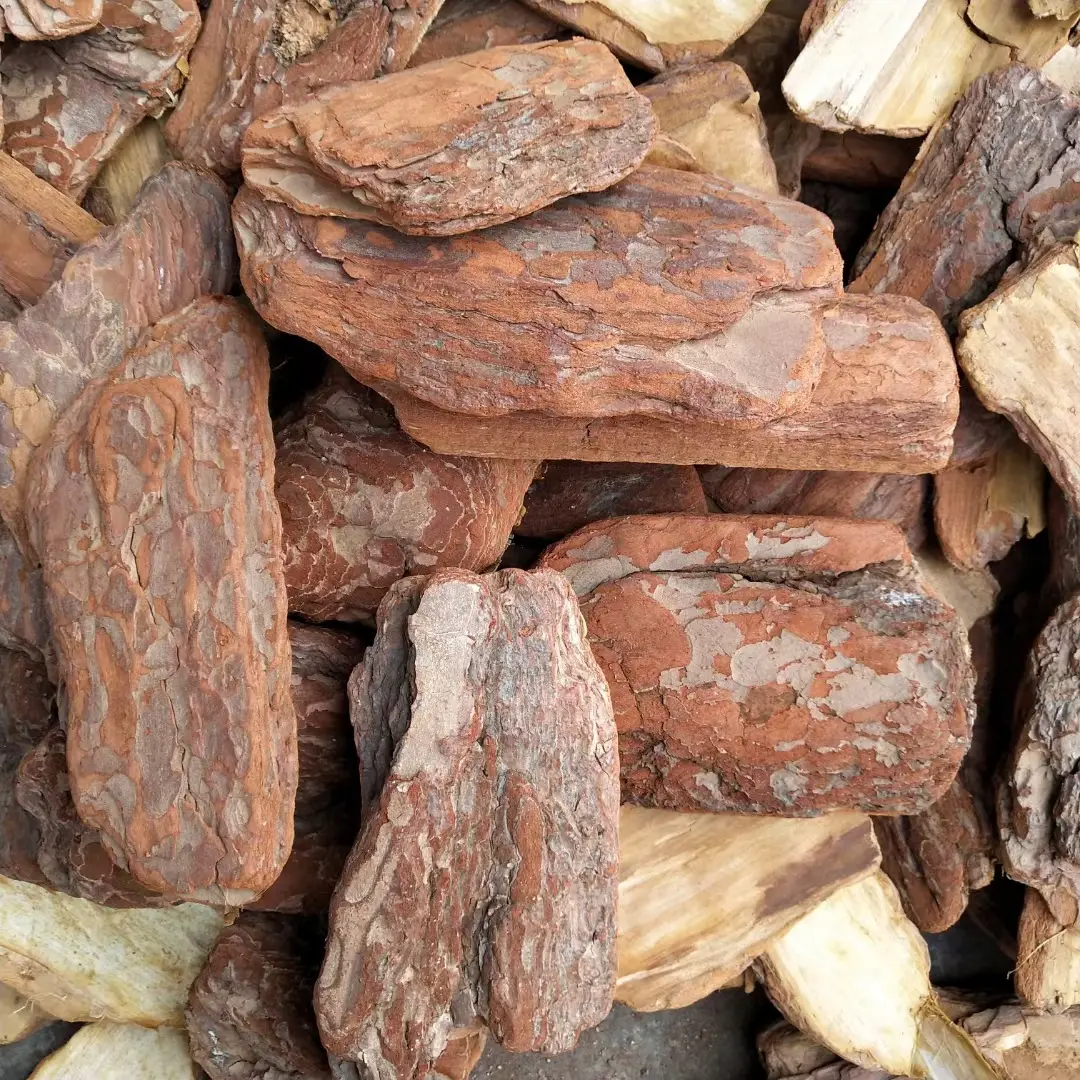
Exploring the Effects of Zeolite Dust on Environmental and Health Factors
The Impact of Zeolite Dust Understanding Its Composition and Environmental Effects
Zeolite dust, a term that refers to fine particles derived from zeolitic minerals, has garnered increasing attention in various scientific and industrial fields, particularly concerning its environmental impacts and applications. Zeolites are naturally occurring or synthetic silicate minerals characterized by a porous structure, which allows them to adsorb moisture and ions selectively. The phenomenon of zeolite dust is not only limited to its physical presence but extends to its implications for health, industry, and the environment.
Composition of Zeolite Dust
Zeolite dust primarily consists of microporous structures formed by a framework of silicon and aluminum tetrahedra. This unique structure gives zeolites exceptional ion-exchange properties, making them invaluable in a variety of applications, including water treatment, catalysis, and agriculture. Common natural zeolites include clinoptilolite, mordenite, and chabazite, each possessing varying physicochemical properties.
When zeolites are processed or mined, particulates can become airborne, leading to the generation of zeolite dust. These fine particles can vary in size, usually measuring less than 10 micrometers, which allows them to remain suspended in the atmosphere for extended periods. The behavior and fate of zeolite dust in the environment depend on various factors, including its size, composition, and environmental conditions.
Environmental Effects of Zeolite Dust
The presence of zeolite dust in the environment can lead to multiple ecological and health-related concerns. For one, when zeolite dust is eroded and transported by wind, it can contribute to soil degradation and air pollution. Due to its unique adsorption properties, zeolite dust can also capture and concentrate pollutants, potentially becoming a vector for toxic substances in the environment.
Moreover, inhalation of fine particles, including zeolite dust, poses health risks to humans. Studies suggest that prolonged exposure to particulate matter in the air can lead to respiratory issues, cardiovascular diseases, and other health problems. The tiny size of zeolite dust allows it to penetrate deep into the lungs, exacerbating health concerns, particularly among vulnerable populations such as those with pre-existing respiratory conditions.
zeolite dust

Dealing with Zeolite Dust Mitigation Strategies
To address the challenges posed by zeolite dust, various mitigation strategies can be implemented. Effective management begins at the mining and processing stages. Enclosing dusty operations, using water sprays, or employing dust suppressants can significantly reduce airborne particulates. Additionally, monitoring air quality in areas near zeolite mining or processing operations helps in assessing the potential impact on surrounding communities.
On a broader scale, it is essential to foster research into the environmental impact of zeolite dust and develop guidelines for safe handling. This includes conducting systematic studies to assess how zeolite dust interacts with other environmental pollutants, what concentrations may pose health risks, and understanding the chronic effects of exposure.
The Positive Aspects of Zeolite Dust
Despite the risks associated with zeolite dust, it is crucial to acknowledge the beneficial aspects as well. Zeolite materials are widely used in agricultural applications due to their ability to retain water and nutrients, enhancing soil quality and plant growth. Moreover, zeolites play a vital role in catalysis, helping to reduce harmful emissions from industrial processes.
Additionally, zeolite dust can be repurposed as a filtering agent in environmental remediation efforts. Its porous structure allows it to trap heavy metals and pollutants from wastewater, making it a vital component in sustainable waste management practices.
Conclusion
In conclusion, while zeolite dust poses certain environmental and health risks, it also presents valuable opportunities for industrial applications and environmental remediation. By adopting effective management strategies and conducting further research, we can mitigate the negative impacts of zeolite dust while maximizing its potential benefits. As we continue to explore the multifaceted world of zeolites, striking a balance between their use and environmental protection will be critical in ensuring a sustainable future.
Share
-
Premium Talcum Powder Enhanced with GPT-4 Turbo | Soft & Long-LastingNewsAug.02,2025
-
Fly Ash Solutions Enhanced by GPT-4 Turbo | Sustainable InnovationNewsAug.01,2025
-
Natural Premium Bentonite Cat Litter - Superior ClumpingNewsJul.31,2025
-
Premium Resin Coated Sand - High Heat Resistance CastingNewsJul.31,2025
-
High Quality Silicon Carbide Grit for Abrasive ApplicationsNewsJul.30,2025
-
High-Quality Ceramsite for Plants & Gardening | Lightweight PebblesNewsJul.29,2025






